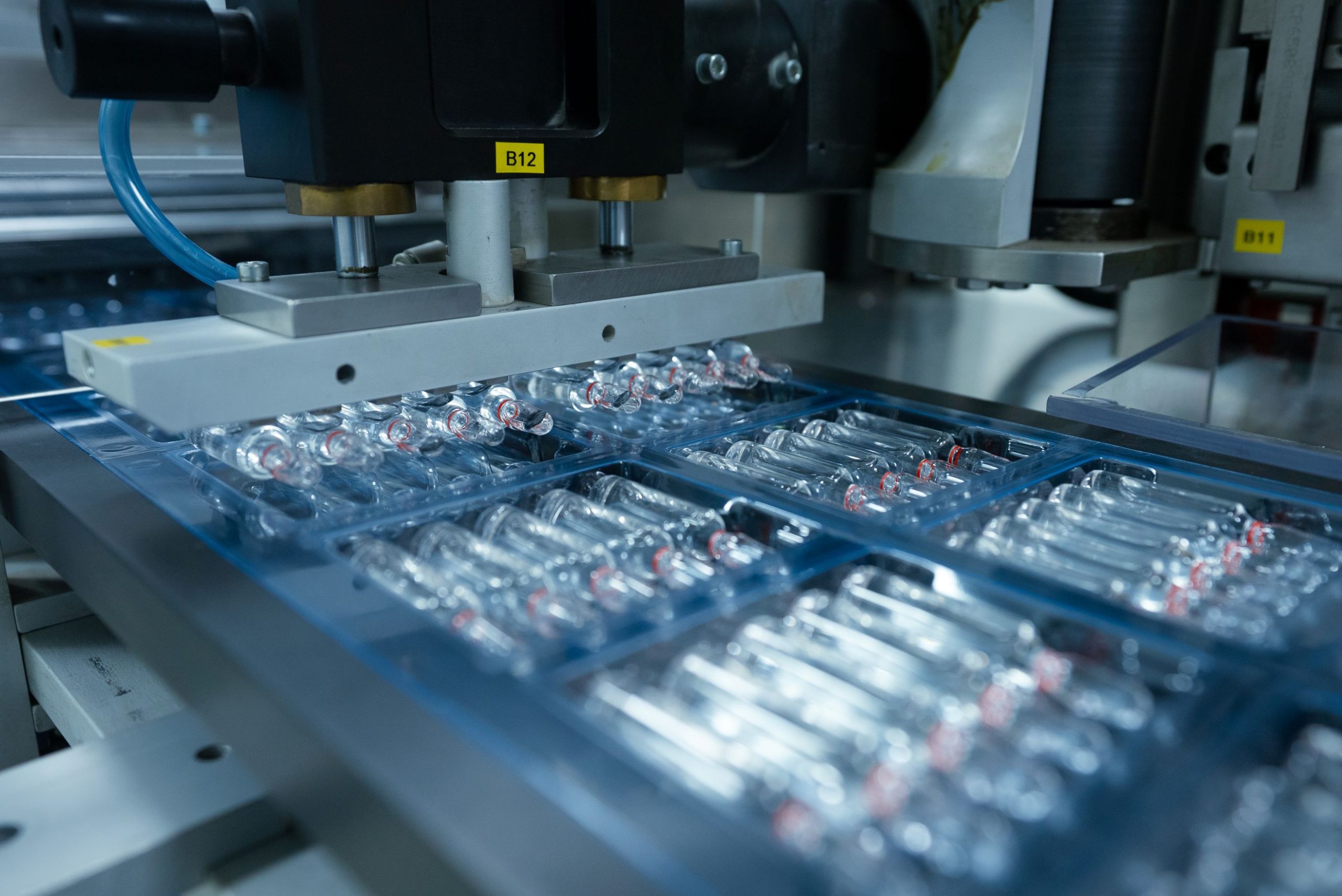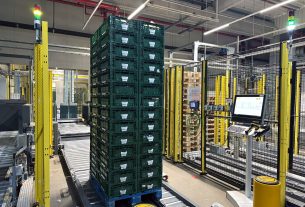“That’s the wrong remote control!” To people with a TV and a separate DVD player or sound system, those words might sound familiar. They might also sound familiar to people in a contract packaging facility, where multiple machines from different vendors all use different communication protocols. It would be simpler if one system controlled everything, says Bradley McEwan, business development manager at industrial packaging specialist Beckhoff UK.
A contract packer’s operations are inherently fragmented. A single production line might need to package different products for different customers on any given day. This creates a mix of diverse machinery, with old and new machines from various manufacturers, each with its own proprietary communication protocol.
Demand for medicine is growing as the population ages, pharmaceutical breakthroughs continue and more people around the world have access to healthcare. At the same time, “batch of one” production is on the rise as more treatments are tailored to individuals rather than produced in bulk.
Justin Schroeder, Global VP of Technical Services, PCI Pharma Services said, “as pharmaceutical pipelines shift toward biologics, personalised medicines and innovative drug delivery systems, the need for customised, flexible and scalable packaging solutions has never been greater.”
In addition, different clients have different data needs for quality control and traceability. One company might need temperature and humidity logs for the blister packs on packaging line one, while another might need vision inspection results and batch serialisation for the labelled ampoules on line two.
In response, contract packaging companies need to be more efficient, able to switch between products faster and have a reliable data trail for each step in the process. Without a common platform, data from each machine remains siloed, making it impossible to get a real-time view of the entire operation.
More control, less complexity
Unifying both hardware and software platforms eliminates the complexity of a multi-vendor suite of machinery. A system where all machines can talk to one Industrial PC (IPC) creates a single, simplified view of the entire operation, which saves time and reduces errors.
One benefit of a unified platform is simplified control and a shallower learning curve for staff. For example, an operator can monitor multiple lines and equipment from a single dashboard, instead of managing disparate systems across the facility with different interfaces and maintenance schedules.
In addition, when it’s time to switch product on a line, a unified platform enables quick software-based reconfigurations to adapt to new product requirements. All the specific settings for a product, such as filling quantity, label position and inspection criteria are stored digitally as a “recipe.” When an operator needs to switch to a different product, they just select the new recipe from the human-machine interface (HMI).
The platform then automatically communicates the new parameters to all relevant machines on the line. For example, the system could automatically adjust the spacing of guide rails to accommodate a new bottle size, change the filling volume for a liquid product and set the correct label orientation for a new label design.
Where to start
Even if the smart factory is the goal, few contract packers have the option of a full-factory overhaul. It might be more realistic to start with a single machine or production line with a clear issue.
Most machines we meet when working with customers can run OPC-UA, a vendor agnostic communication channel that allows devices from mixed vendors to communicate securely. Some older machines lack the capability of running an OPC-UA client or server directly on the device. In those cases, we add a small gateway device to translate between the proprietary protocols in the older hardware.
Once multiple machines are connected to the IPC, visualising data using an analytics dashboard allows an overview of various measures of productivity. Live feeds can report current status of individual machines, output of recent shifts and whether the line is behind or ahead of its production target.
For a contract packer, unifying hardware and software platforms helps ensure pharmaceutical-grade compliance and allows managers to adapt instantly to diverse customer demands. But unfortunately, it won’t help you remember which remote turns on the DVD player.
For a short Beckhoff webinar on how the company supports industrial interoperability with its OPC-UA enabled products, visit: www.Beckhoff.com.






